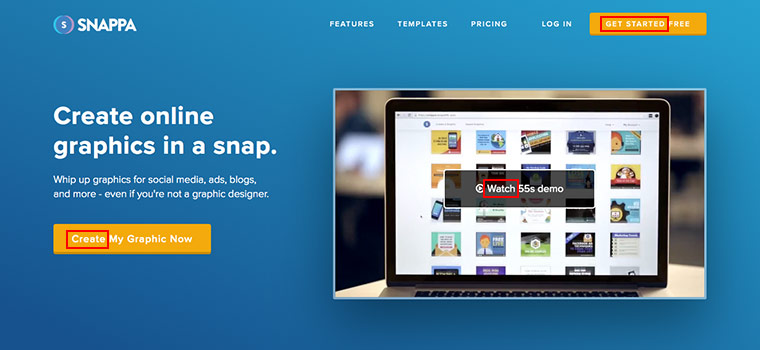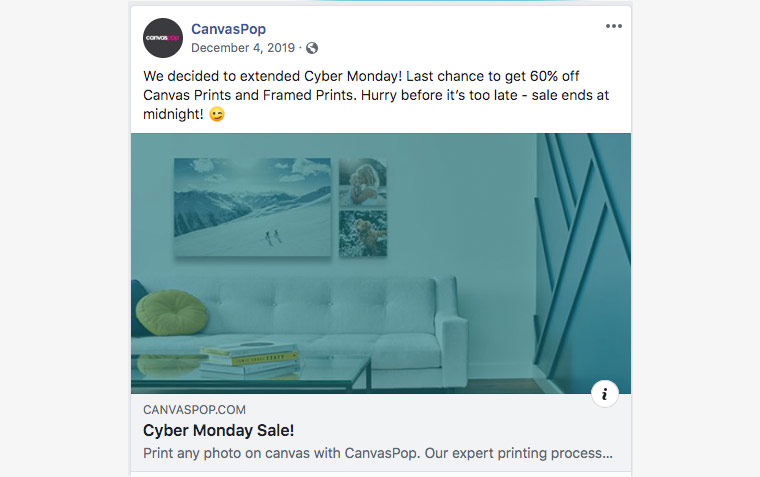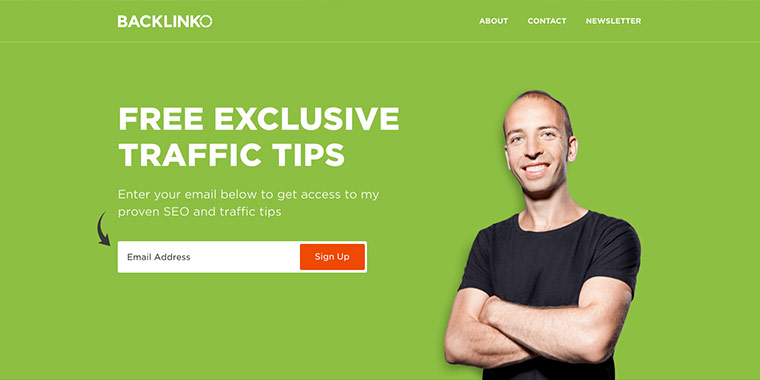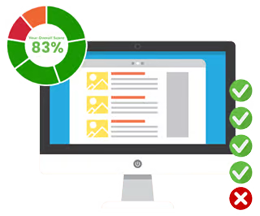Calls to Action & How to Write Them
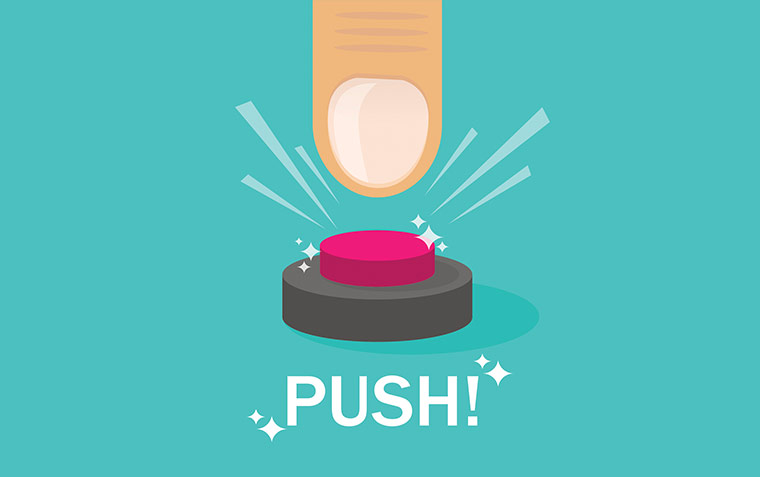
Do you want to get people to sign up to your newsletter? Or contact you for a quote?
How about use your service? Or purchase a product?
Every page on your website has a goal that you want to achieve. An action that you want your users to take. To achieve these goals you use Calls-to-Action.
What is a Call-to-Action (CTA)
A Call-to-Action (CTA) is used in marketing to encourage users to complete the action that you want them to. It’s designed to grab their attention and provoke an immediate response.
In platforms like email newsletters and social media a CTA can be used to get a user to your site, whilst a CTA on your website is more often aiming to get your users to contact you or sign up to your service.
There are a number of different ways that you can go about creating your CTAs and all of them have the potential to be incredibly effective for your market.
Why strong CTAs are important
The stronger your CTA the more likely your users are to take it, moving them along the process you want them to follow. With each user that follows your CTA, your website is doing its job and completing the goals that you want to achieve.
There are also advantages to user experience when there is a clear call-to-action or path for your users. By providing a CTA you are helping to guide people through your site and minimising confusion and frustration as well as removing decision fatigue.
What makes a strong CTA
1: Decide exactly what you want to achieve
By having a clear goal in mind or action that you want your users to do on each page, you have the foundation of your CTA. The copy you use for getting someone to join your mailing list or provide their email will be vastly different from encouraging a user to purchase a product.

Image: set goals for your website
2: Start with a strong verb
A direct command word immediately gets the message across to your user what you want them to do and what they should expect when they click on the CTA. If you have an online shop words like: shop, buy, or order would be common ways to start a CTA whilst a service based site would be more along the lines of: contact us, fill in a form, call us.
Image: Snappa uses multiple calls to action starting with verbs
3: Utilise emotion and urgency
We respond more strongly to calls-to-action that provokes an emotional response and plays on our desires. We’re more likely to follow through on actions that we’re excited about and one way to play up this excitement is through exclamation points (!). On top of this excitement, adding a sense of urgency (e.g. “For a short time only) will make your users more likely to take the action now instead of waiting until later for fear of missing out.
Image: CanvasPop uses emotion and excitement in their call to action whilst also using urgency
4: Give users a reason
Think about why your users want to take the action. What are their motivations? Do they have a problem that your service will fix? Will they be kept up to date on new products and sales if they sign up to your mailing list? Your users want to do things that benefit them so tell them what the advantages of following your CTA are.
Image: Backlinko offers SEO tips if you join their mailing list
5: Don’t be afraid of some creativity
Depending on the tone of your business you can be playful or more descriptive with your CTAs. You only know if a CTA will work with your target market when you test it out for a while and pay attention to the results. The advantage of web design is that you can do this with ease at no extra cost.

Image: Humboldt County, California uses "Follow the Magic" as their Call to Action
6: Make it easy for your users
Give your users everything they need in order to complete the CTA. If you want them to call you provide your phone number and set it up to call you if clicked on whilst on a mobile device. If they have to fill in a contact form remove any fields you don’t need at this stage. By keeping the steps simple and the process easy your users are much more likely to complete the action.
Image: Joining the mailing list for Russo Optometry has an easy form with only 3 content fields
7: Minimise customer obligation
Make it easy for your users to take the CTA by giving them an ‘out’ if they don’t like the product or service. When users know that they won’t get stuck by following an action they’re less likely to need extra time considering if they should or not. Examples of this include subscription services like Netflix giving free-trials to users, or a service based business offering “obligation free quotes”. Maximise their experience in this stage and they’re more likely to become long-term clients.
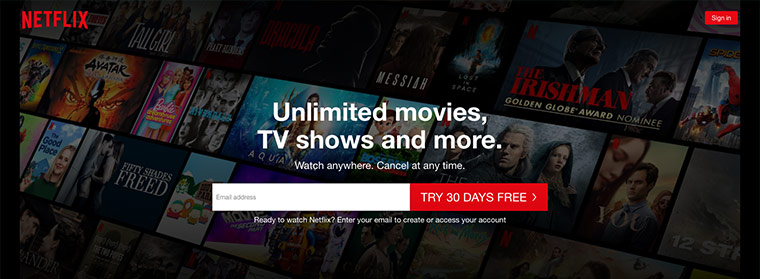
Image: Netflix advertises their 30 day free trial with the option to "Cancel at any time"
Having good Calls to action on your website is key in ensuring that your website meets your needs and reaches your goals.
Make the most of your CTAs today by contacting Web Ideas to discuss copywriting for such important copy!

